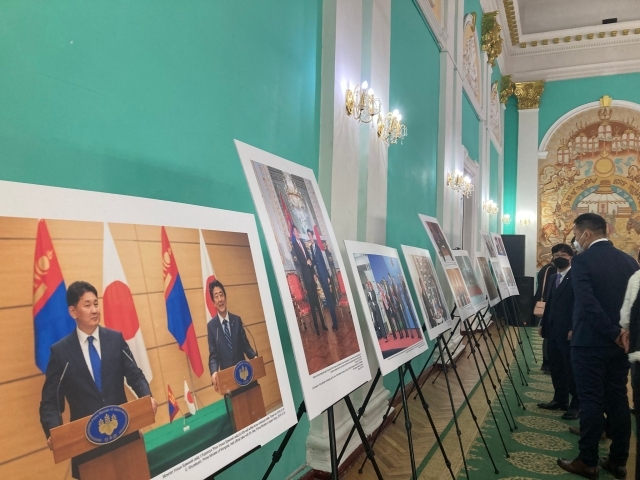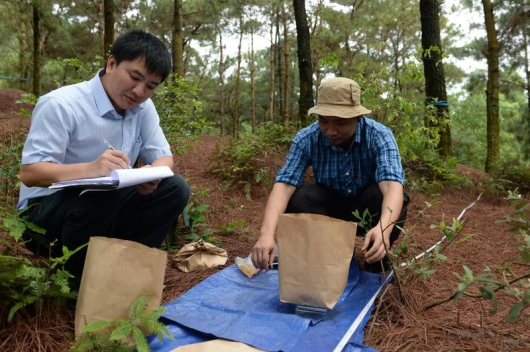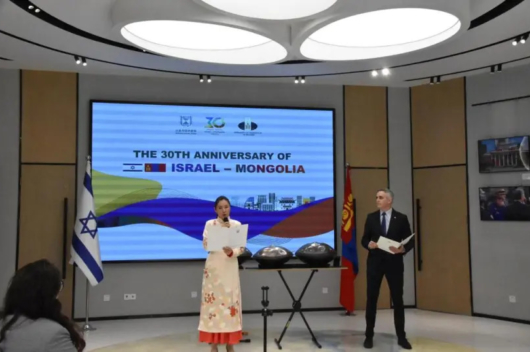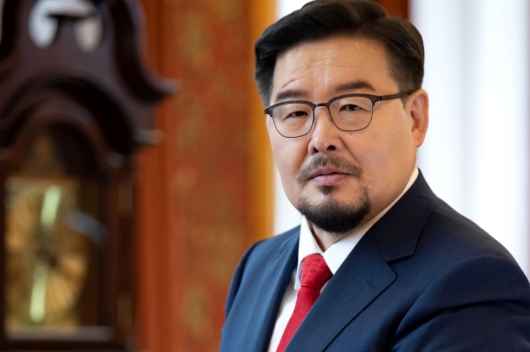Japan is one of the few countries that contributed to Mongolia’s development not only financially but by contributing to tangible assets. In 1993, Japan provided technical assistance in railway transportation rehabilitation projects, the rehabilitation of a thermal power plant in Ulaanbaatar, and Baganuur coal mine. By 1996, Mongolia and Japan set a goal to build a comprehensive partnership. Most recently, Mongolia constructed its second international airport, located in Khoshig Valley, which required $493 million in investment.
Furthermore, Japan has become a favorable destination for Mongolian students, scholars, and intellectuals to study abroad. As of 2022, there are around 4,500 Mongolian students who have studied in Japan’s leading universities, such as Tokyo University and Kyoto University.
In 2010, Japan became Mongolia’s strategic partner and signed the Economic Partnership Agreement (EPA). The EPA aimed to tackle legal and technical aspects of the trade, tax, customs, investment, intellectual property, and cyber trade as such.
This year, Mongolia and Japan’s is marking the 50th anniversary of establishment of diplomatic relations.
The commemoration of the 50th anniversary highlights the two countries’ consistent and friendly relations. Last week, the Foreign Ministry of Mongolia organized a symposium titled “The strengthening of Mongolia-Japan strategic partnership in business and economic development” and “Mongolia-Japan Strategic Partners-50, Years,” a photo exhibit that sheds light on the two countries’ bilateral relations.
 3,575.44
3,575.44












Related News